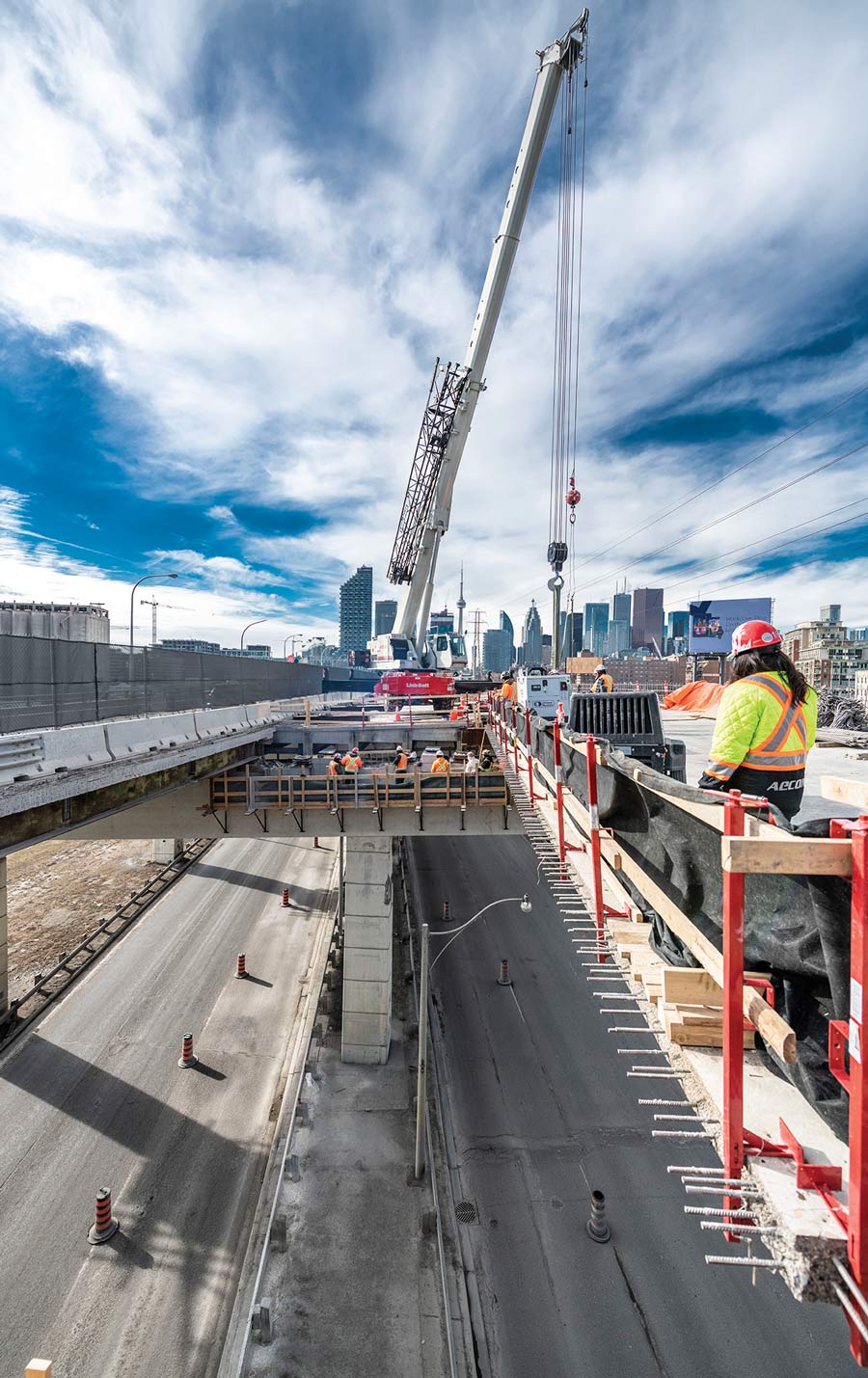 In efforts to offset economic fallout from COVID-19, states have taken measures such as offering stimulus checks to taxpayers as well as financial relief for businesses. Sharp declines in tax revenues have led to state and local budget shortfalls, resulting in many planned infrastructure projects to be either postponed or halted indefinitely.
In efforts to offset economic fallout from COVID-19, states have taken measures such as offering stimulus checks to taxpayers as well as financial relief for businesses. Sharp declines in tax revenues have led to state and local budget shortfalls, resulting in many planned infrastructure projects to be either postponed or halted indefinitely.
The Council of State Governments COVID-19: Fiscal Impact to States and Strategies for Recovery report estimates that states will experience a combined $211 billion budgetary deficit to overall state funds. While states driven by the hospitality and tourism sectors, such as Nevada and Hawaii, are experiencing higher economic risk, the manufacturing sector remains stronger. In the Midwest especially, a good portion of manufacturers have stayed open and operational, serving as essential businesses.
The global heavy construction equipment market was valued at $121.66 billion in 2019 and is projected to reach $240.49 billion by 2027, according to a recent construction equipment market outlook from Allied Market Research.
The material handling applications segment is anticipated to grow rapidly with a compound annual growth rate of 5.4 percent due to increased use of material handling equipment such as cranes and telehandlers in large building, construction and mining operations, according to the research report.
Uncertainty fuels speculation and state fiscal gaps initially projected for fiscal 2020 and 2021 remain in flux. The manufacturing sector is projected to lose 444,800 jobs, the most of any sector over the decade, according to the U.S. Bureau of Labor Statistics 2019-2029 summary report. However, jobs such as construction equipment operators are projected to grow 4 percent over the same period. Jobs for material moving machine operators are expected to grow 2 percent.
“We have core employees who have work that cannot be done from home, some employees that can do some work remotely and, for some, a combination of the two,” says Bill Stramer, senior vice president marketing, sales and customer support at Link-Belt.

Guidelines vary by state and as a result, projects either continue, stop or are delayed. “In some states, we are seeing projects shut down and some continue without interruption,” Stramer says. “It’s very hard to clarify whether these projects that have been impacted, slowed down or stopped are directly related to COVID-19 or due to oil and gas industry issues.”
Like other manufacturers, Link-Belt shifted its production and office schedules, instituted restrictions on visitors and canceled all nonessential travel, eliminated large meetings and accommodated social distancing guidelines for smaller meetings.
As state governors adjust reopening schedules, businesses like Link-Belt expect a corresponding upswing in business. “The speed of that is totally dependent on the actions of each state and the timing of when they move back to a normal construction environment,” Stramer says. “As to the potential for a tsunami of construction on the horizon, we believe that a return to a more normal environment clearly would provide momentum for an expanded environment.
“However, the uncertainty of the oil and gas business will provide, without a doubt, significant headwinds to the overall market,” he adds.
As changes continue, Link-Belt’s Stramer advises companies to be flexible. “No matter what plans you have in place or emergency business operation strategies that might have been considered beforehand, this pandemic has taught us all that we need to be flexible and measure the issues on a daily basis and respond as quickly as possible to new and unexpected challenges of the moment.”
